Shaver Transportation, which provides ship handling services at all the ports of the lower Columbia River and barge hauling services down the Columbia-Snake River system, has been operating tugs on the Columbia since 1880 when its sternwheel steamboats towed sailing ships up the river to Portland. Today, the Shaver family still owns and manages the company and continues to develop new approaches to tug design in their fleet of 16 tugs and 22 grain barges, ranging from eight ASD (Z drive) ship-handling designs to powerful push tugs in the 90- to 100-foot range. One feature that covers most of this…
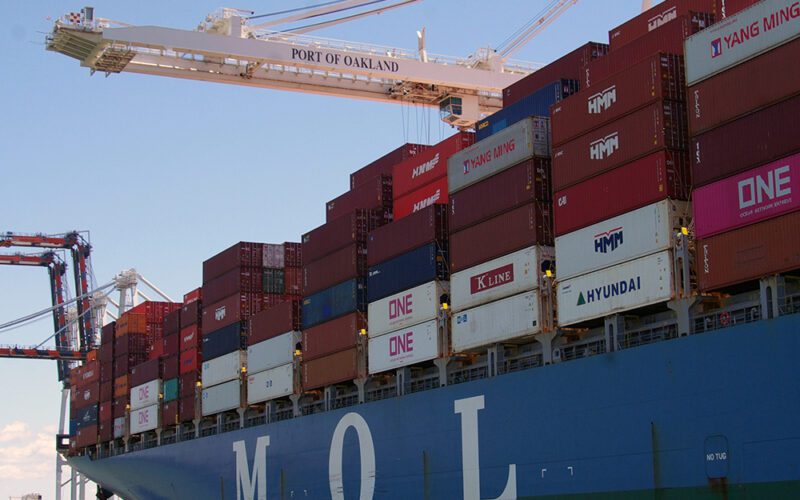
2022 was a wild ride for most major California seaports. The Golden State is home to the nation’s busiest seaports, the Port of Los Angeles and the Port of Long Beach, which both have seen congestion-inducing record influxes of cargo, but also drops in market share as consumers emerge from the pandemic to spend their money on services rather than products. The Port of Oakland and Port of San Diego have also seen growth in cargo numbers as both are seen as local alternatives to congested ports. Retaining that market share has been further complicated by outside factors, from COVID-19-related…
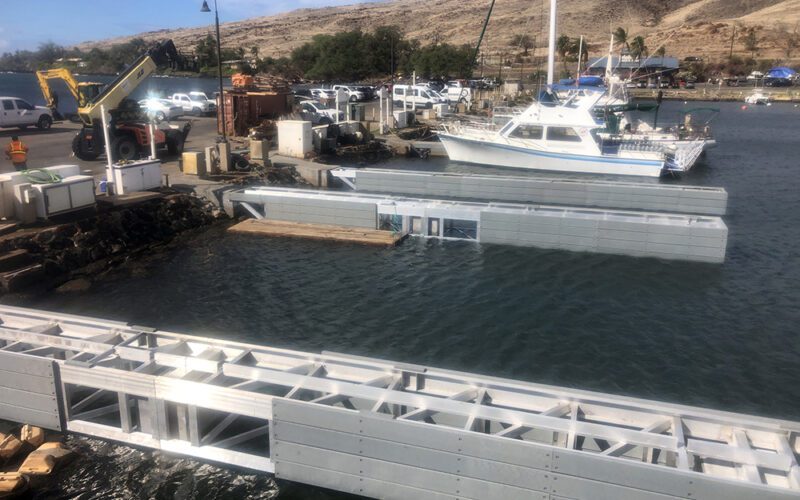
The West Coast maritime construction industry never rests. West Coast maritime construction companies have been busy over the last year with projects from Hawaii to Antarctica, as well as from coast to coast. By no means a comprehensive summary, herein is a peek at a few of the notable West Coast-based maritime construction companies and their recent jobs. Whether the work is dredging for a Navy facility pier or replacing the oldest radar tower in the U.S., workers in the industry rarely shy from a high-seas challenge. While many call the work extraordinary, marine construction professionals call it an average…
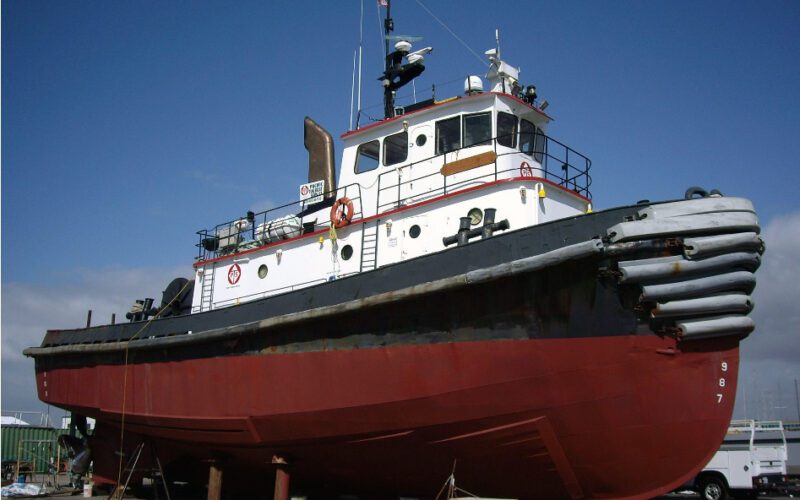
Maritime shipping volumes stalled at some West Coast ports in 2022, but even still, there remained a large need for ocean and coastal towing services to guide commercial vessels of all sizes to shore. In fact, according to an analysis released in March by the global firm Technavio Research, the tugboats services market is expected to grow by $2.42 billion between now and 2026, with 33% of that growth originating in North America. The report, titled “Tugboats Services Market by Application and Geography—Forecast and Analysis 2022-2026,” states that the market will witness a year-over-year growth of 14.24% in 2022 and…
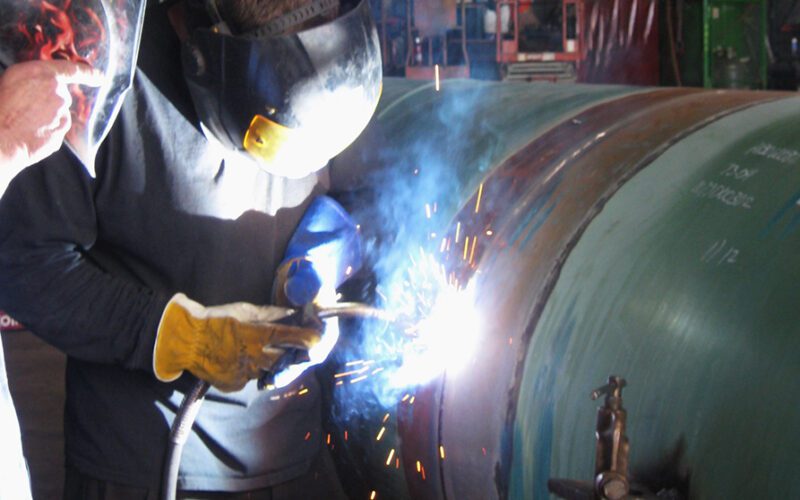
The Oregon Department of Transportation’s I-205 Improvements Project involves some challenging engineering on the Abernethy Bridge, across the Willamette River south of Portland. This stretch of I-205 carries more than 100,000 vehicles daily and needs a major upgrade to become a “seismically resilient lifeline” in the event of a Cascadia Subduction Zone earthquake, according to the Oregon DOT. Many local contractors are delivering large amounts of material and equipment by road to designated drop-off zones, but WCT Marine, at the Hyak Tongue Point shipyard in Astoria, is using the river itself to ship dozens of steel pilings to support temporary…
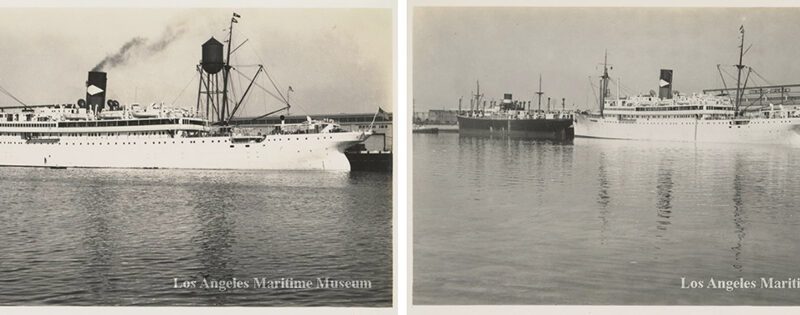
Called “the most attractive ship to ever visit the port,” the United Fruit Company’s Talamanca made her maiden arrival at the Port of Los Angeles on Jan. 13, 1932. The ship docked at Berth 188 in Wilmington with 100 passengers and 45,000 stems of ‘Grade 9’ bananas, 19,000 of which were discharged at the company’s facility. In the years prior to World War II, the port served as the West Coast’s primary unloading spot for bananas shipped from Central America and the Caribbean. In 1937, off-loading at the port using slings and pallets was replaced by specially designed conveyor equipment…
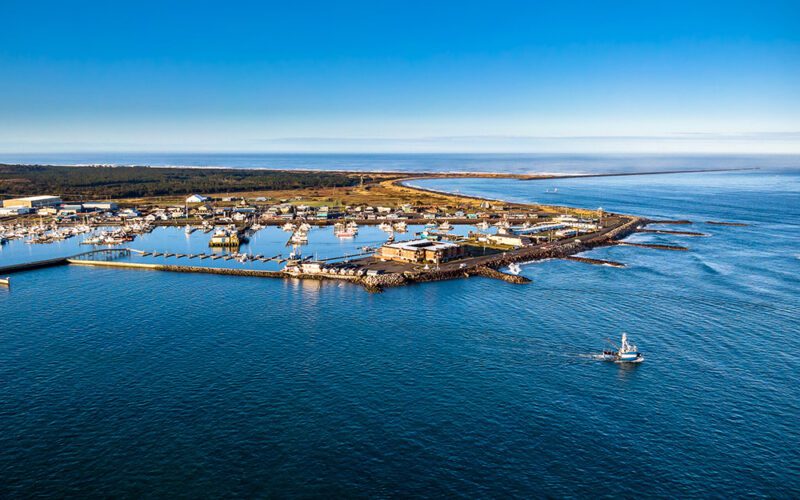
More than a century ago, the bustling Port of San Francisco dominated the U.S. West Coast’s international and domestic intercoastal deep-water trade. Meanwhile, the ports of Washington and Oregon were busy handling export cargoes such as lumber, agricultural products and coal. Japan’s NYK steamship line had begun service between Japan and Seattle in 1896, but 13 years later a unique agreement between the Chicago, Milwaukee & St. Paul Railway Co. and Japan’s Osaka Shoshen Kaisha (OSK) Line created what was the very first ship-to-train trans-shipment agreement. It would revolutionize the international movement of goods. Under the terms of the agreement,…
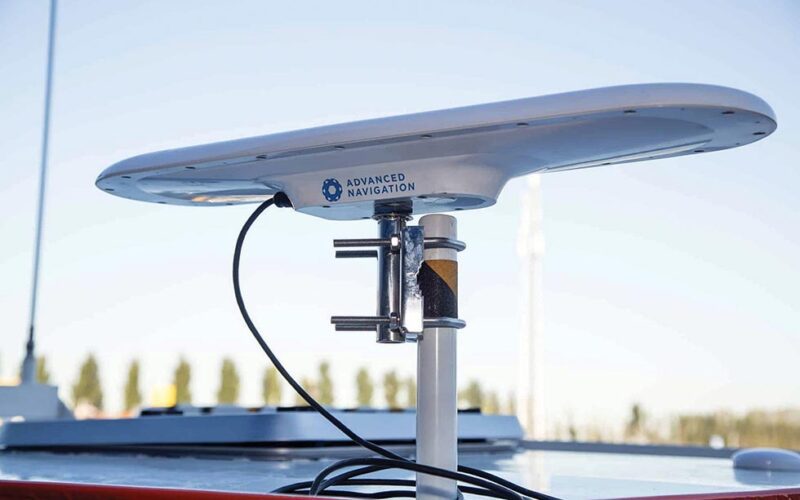
Maritime navigation has gone from a sailor finding his way with a sextant and the stars to technology so advanced that artificial intelligence can chart a precise course without a human being on board a vessel. Companies around the world have developed a variety of smart solutions and services in recent years that support seafarers and marine vessels in achieving safer, more accurate and efficient voyages. Industry-wide, there’s a focus on autonomous control, reducing human error, increasing connectivity, improving route planning and overall digitalization. Industry leaders shared some of their latest innovations, including the use of artificial intelligence (AI), with…
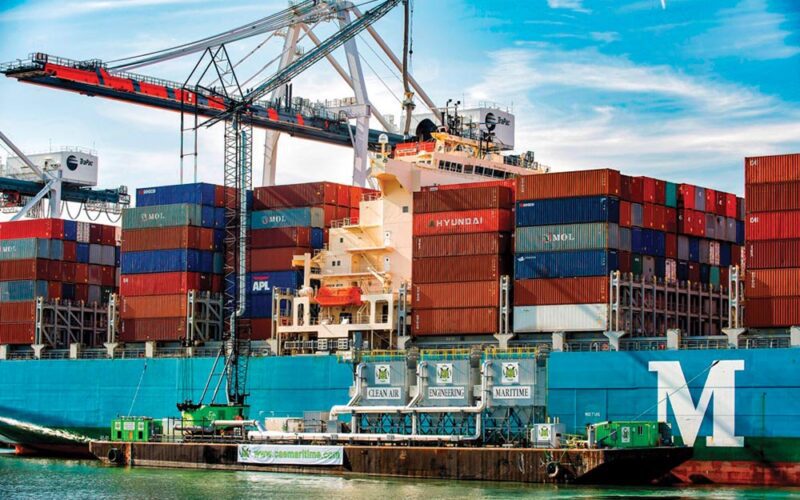
In 2008, the California Air Resources Board (CARB) laid out new regulations that mandated strict reductions in air pollutants produced by container, cruise and refrigerated cargo ships docked at the busiest ports in the state. Scaled upward over the following years, the key requirements of the regulation called for a minimum cut of 80% in emissions starting in 2020. The directive—the strictest such pollution control guidelines in the country—has sped the implementation of so-called “cold ironing,” in which ships damp their main and auxiliary engines while at berth and “plug-in” to power onboard generators and other equipment with high-voltage electrical…

As the global economy continues to emerge from the COVID-19 pandemic, maritime firms remain steady in their investment in Alaska and Hawaii. Whether they’re upgrading vessels and/or building facilities and other infrastructure, companies and public agencies in the region are working on various initiatives and projects to cement their footing in the two states and bring opportunities to far-flung communities. Here’s a sample of what some companies and other entities are up to in the Alaska and Hawaii region: PASHA Business is going well across the board in the Hawaii/Mainland trade lane, said George Pasha IV, president and CEO of…

